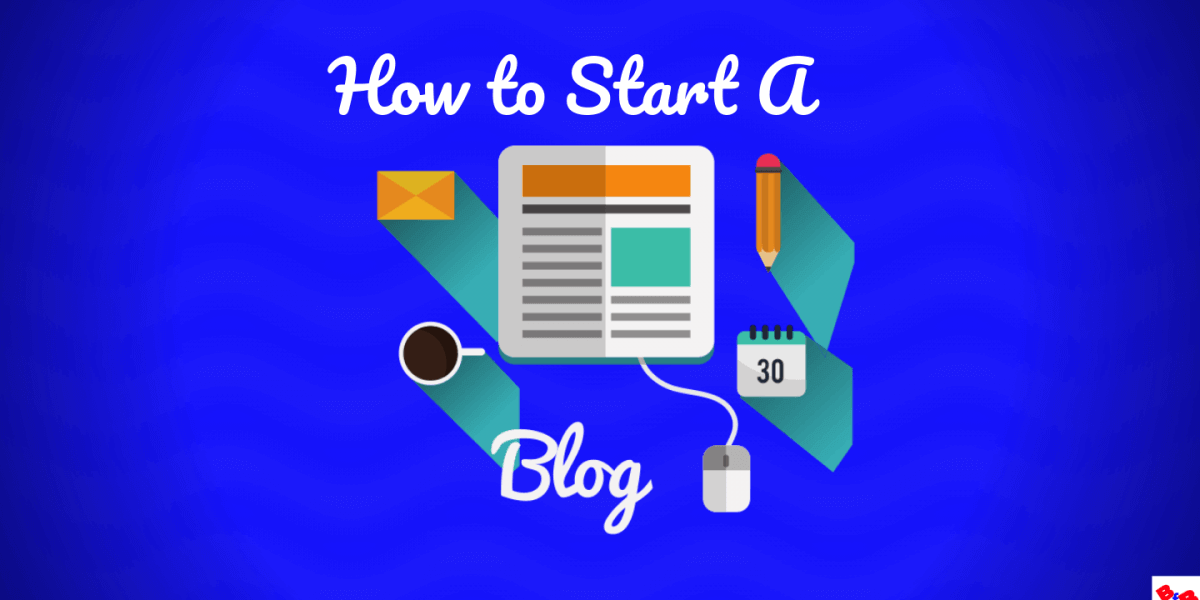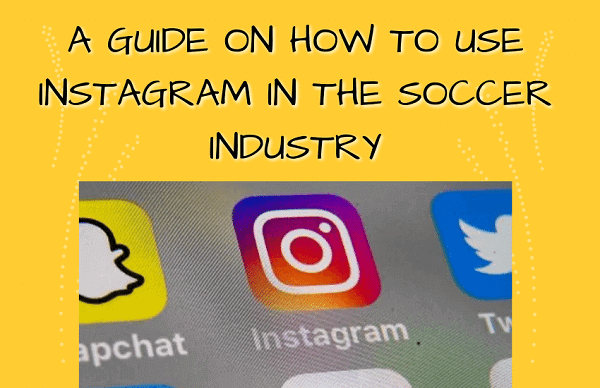A long time ago, blogs ceased to be simple diaries and personal records to become, increasingly, an important communication channel. According to WordPress , millions of people read blog content every month on the web. So if you are thinking about starting a blog, you have come to the right place. We prepared a manual so that you know how to create a blog, to help you with everything you need to know to create and manage it.
How to create a blog
Table of Contents
Ideal planning
Like any project, planning is necessary to create a blog. The first step to know how to create a blog will then be to know your objectives with the project and what are the most important aspects that you want to address. The costs of maintaining a blog are relatively lower; however, it takes time and dedication. If you are dedicated to embarking on this experience, you need to recognize that pre-planning is essential to achieve good results.
Define the theme and audience
When thinking about a blog, you have probably already imagined a theme for this and an audience that would like to read your posts. How about putting that in a more professional and specific way?
- Define the objectives of your blog: Create a communication channel? Being a reference in a matter? Increase the visibility of a company? You must define a general objective for your blog.
- Idealize a buyer persona that represents your audience: building a person allows you to have knowledge of who is with you, in this way you can maintain content concordance with the interests of your audience.
Choose a good domain
A name that catches the eye and stays on the reader’s head can make a difference; And your blog needs to be remembered for people to come back and point their friends. A good way to decide on a name is to write several words related to your topic. Think about the sound and the written form, because remember that when registering a domain on the Internet , you cannot use accents or special characters; in this way, simplicity gains a special space.
Before formalizing the name of your blog, you must verify the availability of the domain name you chose; whether it is free to use or not. You can choose different more specific domain extensions as well .cool, .cafe or .online.
You may also be interested: Top 10 of the most creative domains
After everything is ready, take the opportunity to register the domain and guarantee your space on the internet. To better understand what a domain is, we have prepared an infographic that you can download here .
Choose a place to host your blog
For your blog to be active on the internet, you need a place to store the files; that’s the role of web hosting . You can choose a free service, but if you want a more professional blog, you must hire a Web Hosting service or a Site Builder. In Hostgator, you can find various options and you can choose the best one for your blog, know some:
Choose a CMS
When creating the blog is the best part, but before starting the fun you need to decide which application you are going to use. CMS is a content management system, where you can customize blog pages, easily edit created content, manage your posts and much more. If you opt for a CMS, you can do the installation through the automatic Installer available in the HostGator Web Hosting plans.
If you want to create your blog using another tool, you can choose a site creator . A simple, intuitive and Spanish tool. This creator works with the ‘drag and drop’ style, where you can easily move the elements by clicking and pointing to the place you want.
Another option is to hire a web developer to build your blog from scratch. Find a professional you can trust and who is committed to helping you.
You may also be interested in: My first website Do it alone or hire a professional?
Think about the design or template
Now the visual part begins, design is one of the most important parts of your blog, as it will be the first contact with your visitor. In this way you need a style that captures attention and also leaves the information organized. Even if you decide to use a template or ready template, you will have the freedom to make some simple changes to make it personalized , with more credibility and with your own visual identity (colors, fonts, header image, etc.).
It is at this time that all care with usability and user experience needs to be reinforced. It seeks to provide the best experience in browsing your blog, prioritizing what is most important, leaving the website clean, direct and easy to use.
There are countless ways to purchase a theme for your blog, both paid and free, but remember to never use a pirated theme , as it can be detrimental to the security of your blog. Look for official secure font templates such as: Theme Forest , Elegant Themes and the WordPress Gallery itself . Remember to choose a responsive theme that suits all sizes and screens.
Plugins
A plugin is a tool that fits into another main program to add more functions and resources. In this way, a plugin for your blog can add some very useful resources, such as Disqus , which is a system that helps you manage comments; or Yoast SEO that helps you with blog SEO . You can also add statistics plugins to analyze the results of your blog and plugins like or TinyPNG to automatically compress the images leaving your site lighter and optimized
Let’s do it
After the technical details, now begins the content creation part; the soul of your blog. Even if you have a wonderful and well-organized layout, if your content is not of good quality, your visitors will not return. Content is what matters most in the end, so you need to produce with quality.
Definition of content
At this time you will think again about the person you defined at the beginning of the project. Now is the time to record all the issues that interest that person and that are relevant to address on your blog. Thinking this way, you will be able to send the right message to the right people.
You must first define the main categories more globally, for example: books, movies, series, digital marketing, gastronomy, etc. Then you can limit those issues, such as: French food, horror books, etc. Now define focus and differentiation. Research the search mechanisms to find the first results of the list that are talking about the matter. Read comments to find what readers want to read and what they are offering. So you can leave your content more complete and differentiated.
Organize the content by grouping the related posts, try to insert them over time, so that your blog is not monotonous talking about the same subject. An editorial calendar can be very useful, in addition to helping you keep materials up to date and avoid creative blocking when you have questions about writing topics. Define your editorial calendar with some important information such as:
- Dates of publication;
- Deadlines for content production;
- Content themes;
- Keyword;
- Disclosure date;
Whenever an idea occurs to you, save it. Post ideas can come up at any time and ideally write them down for later use. Another source of ideas may also be the commemorative dates, and these can enter your editorial calendar.
Tip
Try to see things from another angle and avoid the conventional. Always ask yourself, why is this content important to my reader? What makes it different? Why would I read that content on my blog and not on another? Learn to identify what really matters and turn it into richer and more interesting content.
It is always worth noting that writing well is producing a text clearly and directly; respecting the grammatical rules. Reviewing content is practically a mandatory activity that should become a habit. The less errors we let pass, the more opportunity we will have to produce something with quality that captivates our reader.
SEO
Do you know what it takes a page to get to the first position of the search result of any subject? There are various factors and they are addressed in SEO (Search Engine Optimization) strategies . Following these optimization actions takes your content to the first page of Google and in this way your blog is easily found by readers. Align those good SEO practices with content production too.
Spread your blog
After leaving all the technical and creative parts ready, now is the time to receive visitors. So you’re going to need to disclose.
Social media
Social networks are an excellent channel to attract visitors , and even one of the indispensable steps to know how to create a blog, since social networks also work to build loyalty through the dissemination of content and faster interaction with the public. Nowadays it is almost a law to have a profile on the best known social networks, so take this opportunity and start with a fanpage on Facebook, a profile on Twitter or Instagram.
If you prefer to expand, consider YouTube as an optimal source to diversify your content by producing videos. You do not need to be on all the existing social networks, just the ones that are most relevant to your goal; Study the social networks that have the most affinity with your audience and your blog.
Remember to put widgets from your social networks on your blog, so that people can register, follow you, and like . It is also interesting to leave buttons to share the publications, so that your content can be more easily disclosed by the readers.
Newsletter
Create your own network of contacts by making a registration form available on the blog, so you will have an email list of people who are interested in your content. In this way, you can periodically send emails with information about your content; You can produce exclusive or additional content only for the one who signed up. In addition to investigating the satisfaction of your readers.
New means of dissemination
When your blog reaches a considerable number of followers, it is interesting to think of new methods of dissemination and interaction with other blogs. Enroll in alliance programs between blogs (projects related to the topic you write), participate in collective publications (often disclosed in specific groups for bloggers on Facebook) etc. The options are endless, just analyze the one that has the most affinity with your blog.
Now analyze
After following the steps on how to create a blog, and once everything is ready, you need to analyze the results of your blog to find improvement options and grow more and more. Try to analyze some important data about your blog, such as:
- Traffic: How many visits do you receive per month? In what period of the year? How many people access? How many new visitors? Being in control of that type of information can help in reformulating your strategy and seeing the effectiveness of this disclosure.
- Origin of traffic: Knowing the origin of blog visitors is a way to map the main channels of contact that can be better used.
- Rejection rate: Also known as the bounce rate, it indicates how many visitors entered your blog and left quickly. That information may indicate that your content is not relevant to people. With very high bounce rates, it can happen that Google disqualifies your blog.
- Most popular posts: here you can analyze the popularity of the content you publish, you can know which are the most successful topics. So you can have insights of new posts on a matter that has already been published. In this way, you can also see the publications that are not working to make the respective optimizations.
You can know this data through tools such as Google Analytics and Google Search Console . Study the analysis tools, because they will be your allies to keep the blog always alive and with enough access.
And now, that you know how to create a blog, and you have the step by step to get started. What are you waiting for? If you have any questions, do not hesitate to write to us, we are lovers of technology and the digital world, and we would love to help you.



